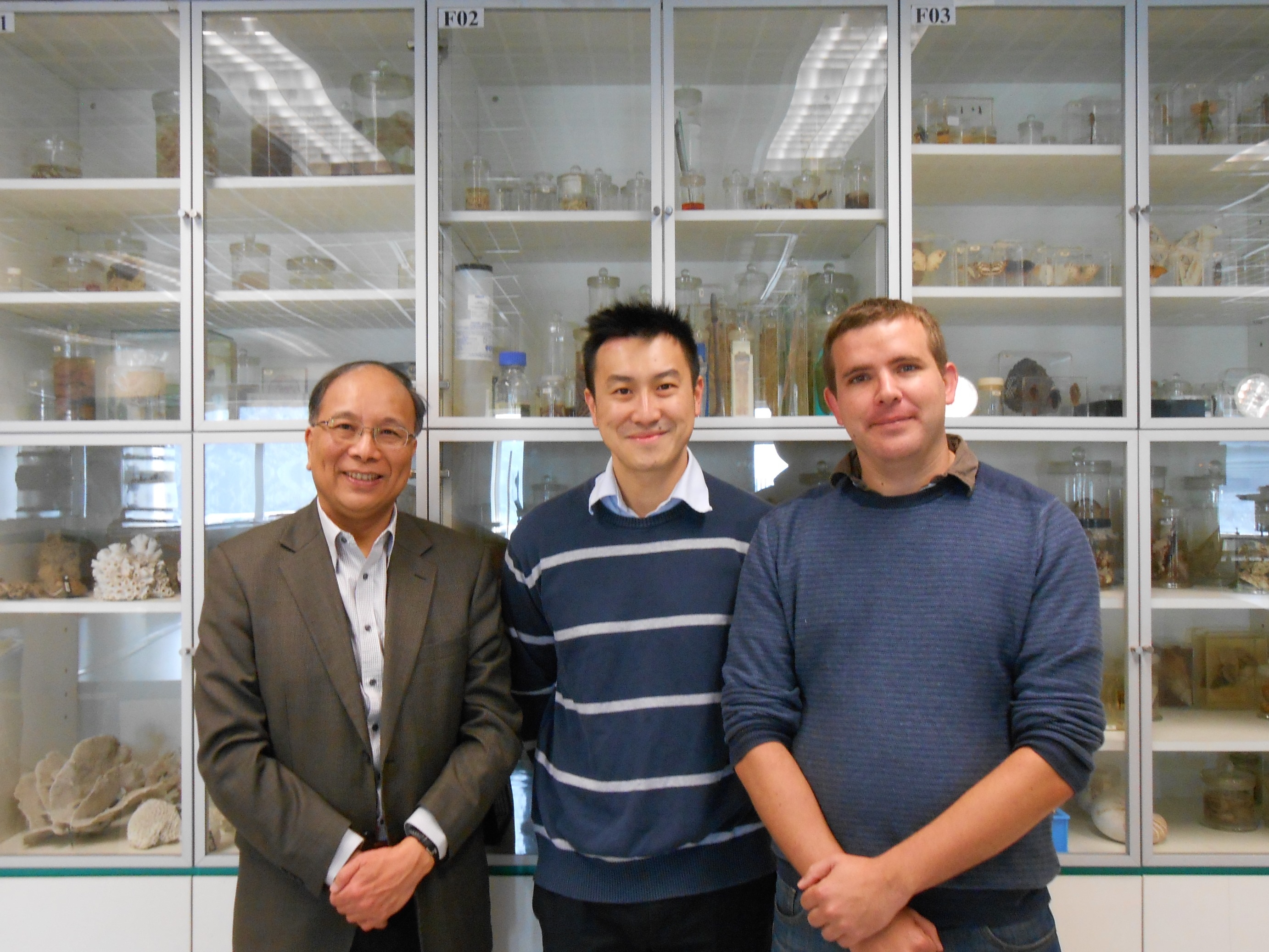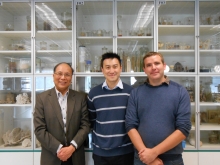CUHK
News Centre
CUHK Researchers Discovered New DNA for Revealing Animal Relationships
Researchers at the School of Life Sciences at The Chinese University of Hong Kong (CUHK), Prof. Jerome H.L. Hui and his team members, have recently discovered and utilized a new type of ‘junk DNA’ in revealing the relationships among different animals. Such discovery and new method are recently published in the Proceedings of the Royal Society B.
‘Junk’ DNA is not junk
Majority of cells in the human usually contains 23 pairs of chromosomes, and very few of these DNA (approximately 1-3%), what we usually called ‘genes’, will become protein and form the cell structure. Scientists will usually make use of the proteins or their encoding DNA sequences to reveal the different organisms’ relationships, while the rest of the genome or DNA are usually regarded as useless ‘junk’. In recent years, this concept is rapidly changing, and scientists have discovered that majority of our DNA will become non-coding RNAs that do not encode for proteins. The non-coding RNAs are mainly responsible for regulating the gene expression, with one class known as the microRNAs. Prof. Jerome Hui from the School of Life Sciences, The State Key Laboratory of Agrobiotechnology (Partner Laboratory at the CUHK), and Simon F.S. Li Marine Laboratory, is one of the experts studying microRNAs. He and his team members have discovered that the DNA surrounding microRNAs are indeed not junk!
New method to understand organisms’ relationships
Professor Hui and his team have already demonstrated the first use of these DNA in revealing animal relationships. They first compared these sequences between human, chimpanzee, gorilla, orangutan, and macaque, and successfully recovered the evolutionary history of human and our close relatives – whereas chimpanzee share the closest common ancestor with human, followed by gorilla, orangutan, and then macaque being the more distant relatives. They have also successfully used this new method to reveal the relationships of other animals, such as the insects (fruit flies from different continents and beetles) and nematodes.
Newly discovered DNA as new targets for varieties of studies
‘Everyone in the field seems to be focusing on the meaningful microRNAs themselves, and did not pay too much attention to other ‘junk’. So this discovery is fortunate. Certainly the utilization of these regions to resolve relationships as a new method is just the beginning. Understanding how they function is of extreme importance from fundamentally discover how the nature of these “dark matter”, which can potentially be useful from increasing aqua- or agricultural productions, combating pests, to diseases treatment.’ Professor Hui said. He and his team are now working hard to reveal the functional roles of these regions. ‘It seems like we have now found something that has provided more questions than answers. Science is just so attractive and exciting!’.
About Jerome H. L. Hui
Prof. Jerome Hui is the Assistant Professor of the School of Life Sciences, The State Key Laboratory of Agrobiotechnology (Partner Laboratory in The Chinese University of Hong Kong) and Simon FS Li Marine Science Laboratory of The Chinese University of Hong Kong. He graduated from The University of Hong Kong and University of Oxford, with research focuses on animal evolution, genomics, and gene regulation.



